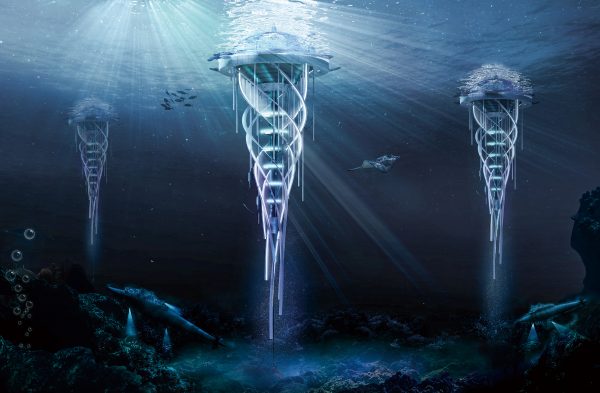Editors’ Choice
2020 Skyscraper Competition
Arnold Siregar, Patar Aprianus
Singapore
Background
Papua is the largest province of Indonesia and located in the west part of the island of Papua. Its great natural beauty and resources have provided a living for a population of more than 1 million people. The amount of tribe in Papua is more than a thousand tribe which give its complexity of living in its natural habitat. To this day, most of this tribe is still living in primitive life with no touch of modernization. Poverty, health, and education issues have been the main issues over the years.
Main Idea
The idea of Jungle Fair-Scraper is a springboard for a bright future in Papua as this tower can link each district and as a landmark of their location who stay in the midst of the jungle with difficult access due to an extreme topography and minimum infrastructure to connect one to another district around. Jungle Fair Skyscrapper as a torch of new hope for young Papuan in the future without even forcing someone away from their lovely hometown. The tower provides education facilities, health care, and government services. Jungle Fair Skyscrapper is a “SQUARE” for the neighborhood. Also, the skyscraper idea is so relevant for the extreme nature of Papua as it’s surely can reduce the carbon footprint of the development in this scenic place.
Inspired by the local traditional houses, Rumah Honai and Rumah Pohon (also known as Rumah Tinggi), the building is a hybrid concept of both local architectures. The vertical accents on the wall of this both traditional building also shown again on the exterior of the building. We decide to adopt the idea of Honai and Rumah Pohon and mix them together to create a new face of local architecture that can represent Papua from all cultures and backgrounds. Read the rest of this entry »
























